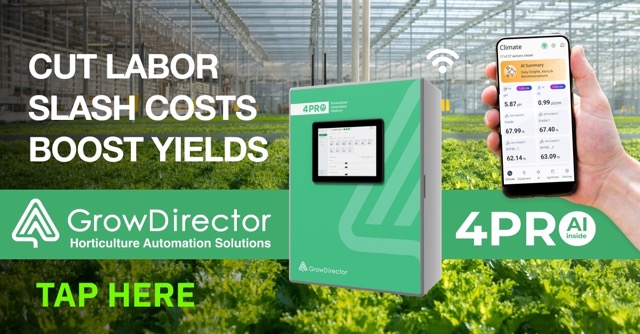
The Grower’s Guide to Greenhouse Crops for Profit
In today’s agricultural market, the game has changed. It’s no longer just about yield; it’s about profit per square foot. With input costs on the rise, thinking like a portfolio manager isn’t a luxury, it’s a necessity. This guide is for the serious entrepreneur ready to move beyond hobby farming and build a resilient business by identifying the best greenhouse crops for profit. We will analyze the most profitable greenhouse crops by focusing on what truly matters: market demand, crop turnover speed, and the technology needed to serve high-value markets and maximize your return on investment.

The Cash-Flow Kings: Rapid Turnover Crops
For any business, cash flow is critical. These crops are your sprinters, generating revenue quickly and consistently, but only if you can deliver flawless quality every single time.
1. ‘Living’ Leafy Greens: The Shelf-Life Solution
Selling “living” lettuce with the roots still attached is a powerful market trend, allowing for a 30-50% price premium.But this product is sold on its appearance. The number one enemy is Tip Burn, caused by inconsistent nutrient uptake. A less obvious challenge is their sensitivity to heat, which can cause the plants to “bolt” (flower prematurely), turning the entire crop bitter and worthless. The key to making this profitable is the perfect control over climate and watering that prevents these issues.
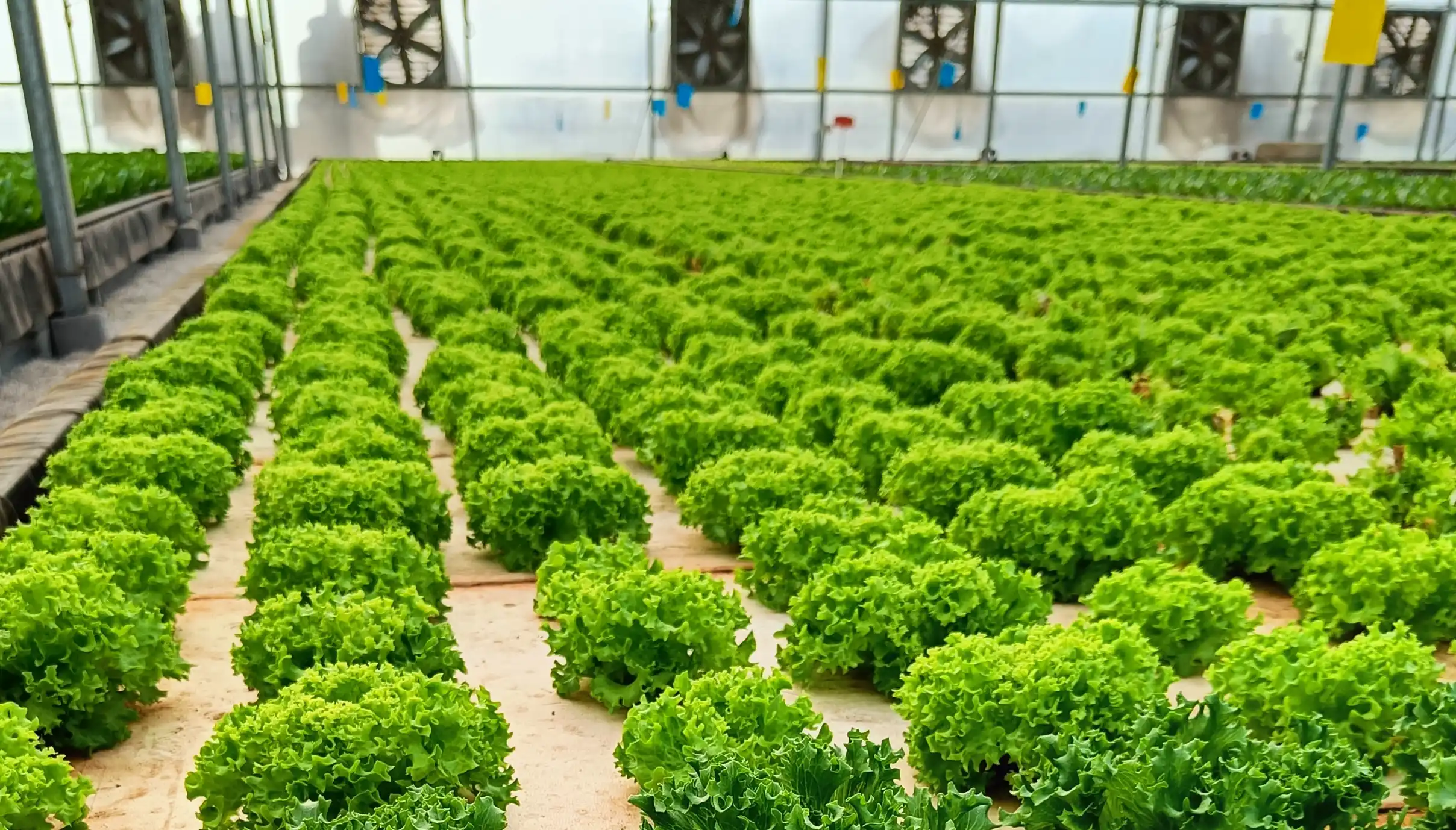
2. Microgreens: The Speed-to-Profit Champions
Microgreens are less a crop and more a cash machine. The demand from high-end restaurants is insatiable, but the clients are unforgiving. The entire business model is built on a lightning-fast 7 to 14-day growth cycle. However, this speed comes with operational challenges; besides the risk of Damping Off, they have an extremely short post-harvest window, requiring a perfect harvest-to-chill process. To truly maximize profit, you must provide a consistent, perfect product, and this is where precise control over irrigation and humidity becomes your most valuable tool. Don’t just sell bulk greens; create a branded “Chef’s Mix.” That small touch of branding and guaranteed reliability is what allows you to command prices of $25 to over $50 per pound.
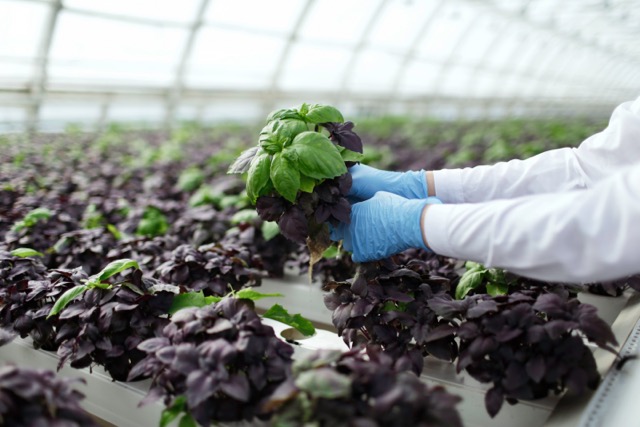
3. Basil and Culinary Herbs: The Subscription Model
Fresh herbs are a cornerstone of the food service industry. Any grower can produce basil in the summer, but a greenhouse gives you the power to supply it year-round. Profitability here comes from that reliability. The main operational difficulty is basil’s extreme sensitivity to temperature drops, even a few hours below 50°F (10°C) can damage an entire crop. This, combined with its susceptibility to Downy Mildew, makes a controlled environment non-negotiable. By using automated systems to eliminate these risks, you can confidently establish a subscription model with local restaurants, guaranteeing them a perfect weekly delivery. That level of control turns you from a supplier into an invaluable partner, making herbs one of the most reliable profitable crops for business.
High-Value Staples: Your Core Greenhouse Crops for Profit
These crops are the marathon runners. They require a longer season but form the foundation of a stable, high-volume operation. Their profit is directly tied to meeting the strict quality standards of retail.
4. Specialty Tomatoes: Winning with Flavor and Quality
The market is flooded with standard tomatoes. The real opportunity is in the high-flavor, locally-grown snacking varieties that consumers crave. The profit is in their premium price, which can be 2-3 times higher than standard tomatoes. The challenge? Vining tomatoes are labor-intensive, requiring constant pruning and trellising. They are also highly susceptible to Blossom-End Rot and fruit cracking if watering and calcium levels are even slightly inconsistent. Profitability is entirely dependent on your ability to control the nutrient feed and irrigation with precision, producing the flawless crop needed to command a premium. These are truly Profitable Greenhouse Crops for Commercial Growers.
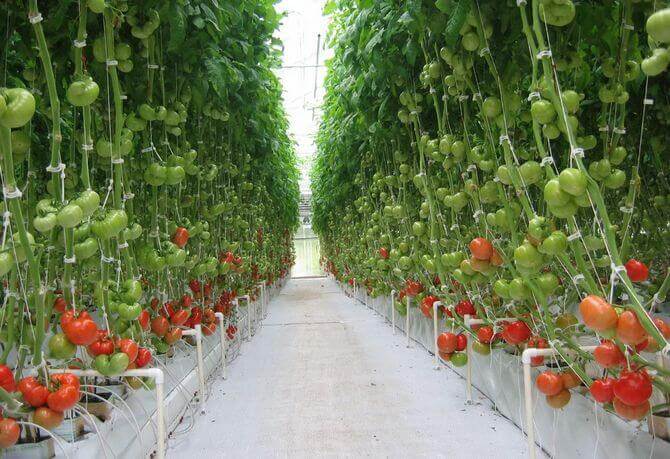
5. Colored Bell Peppers: The Retailer’s Favorite
A staple in every grocery store, the real money in peppers is in the color. Red, yellow, and orange varieties have a much higher market value. The trade-off is their slow growth rate and high sensitivity to temperature swings, which can cause flowers to drop and halt production. A greenhouse environment with perfect climate control is essential for producing the uniform color and thick-walled, unblemished skin that retailers demand. You’re not just growing a pepper; you’re manufacturing a perfect product.
Profitability at a Glance: Finding Your Greenhouse Crops for Profit
Sometimes you just need the numbers. This table breaks down the key business metrics for identifying the Most Profitable Greenhouse Crops for your operation.
The Game Changers: High-Margin Most Profitable Greenhouse Crops
These crops can deliver incredible returns, but they are unforgiving. Success is impossible without precision control.
6. Off-Season Strawberries: The Calendar Hack
The ability to offer fresh, local strawberries in December is a massive competitive advantage. This business model hinges on your ability to control the environment to trick the plants into fruiting when nature says they shouldn’t. Besides pests like Spider Mites, a major difficulty is ensuring pollination in a closed environment, which often requires introducing and managing bumblebees carefully. It requires meticulous management of every variable, a task perfectly suited for automation. These are truly high-yield greenhouse crops.
7. Cannabis / Hemp (Where Legally Permitted)
In regulated markets, this remains one of the highest-value crops per square foot. The market has matured; success is now about quality, not just quantity. The primary difficulty is the plant’s sensitivity to nutrient burn, over-fertilizing to push yields can ruin the final product’s quality. This, combined with the complexity of managing precise light cycles to trigger flowering, means that precise environmental control isn’t just helpful, it’s an absolute requirement.
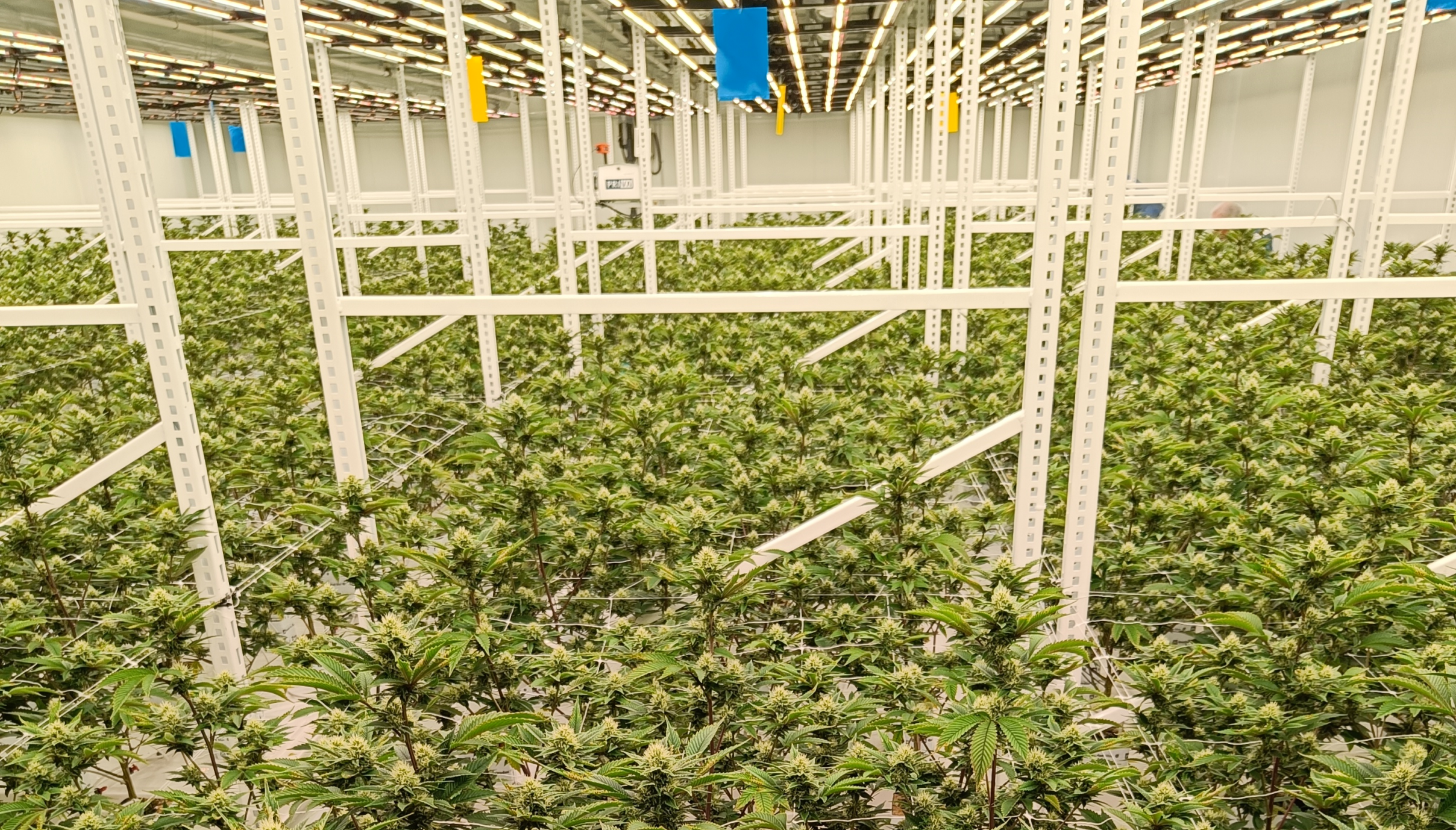
Conclusion: Your Strategy for Greenhouse Crops for Profit
As we’ve seen, the strategy for choosing Greenhouse Crops for Profit is not just about what you grow, but how you grow and sell them. But before any seed is planted, the most important question must be answered: what does your market demand? A crop like microgreens may have the highest potential profit per pound, but if there is no local demand from restaurants or consumers, that potential is worthless. Always start by researching your market first.
Once you have validated demand, the common thread connecting every profitable strategy is the ability to deliver a consistently high-quality product. These premium markets do not tolerate inconsistency. The ability to precisely manage your climate and irrigation is what removes guesswork and risk from your operation. This level of control is the foundation that ensures your high-yield greenhouse crops are also high-quality, enabling you to transition from being just a grower to being the CEO of a thriving agricultural business.
Ready to see how automation can boost your profitability?
